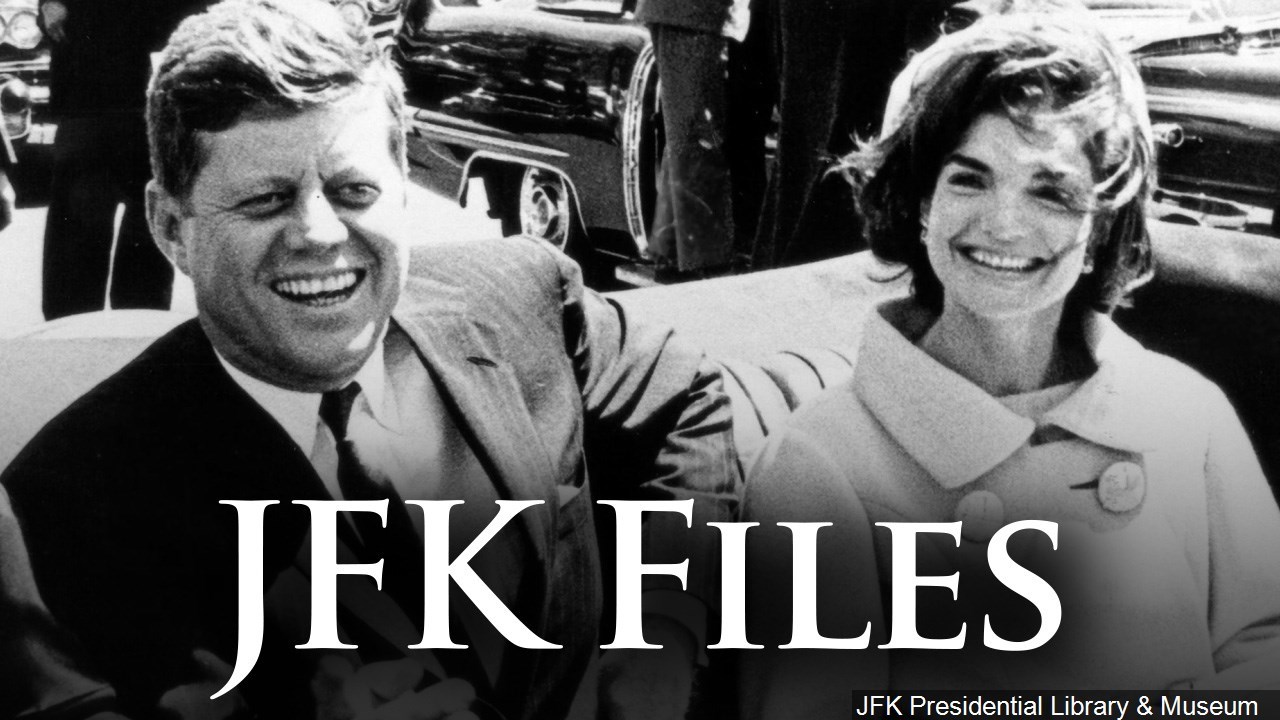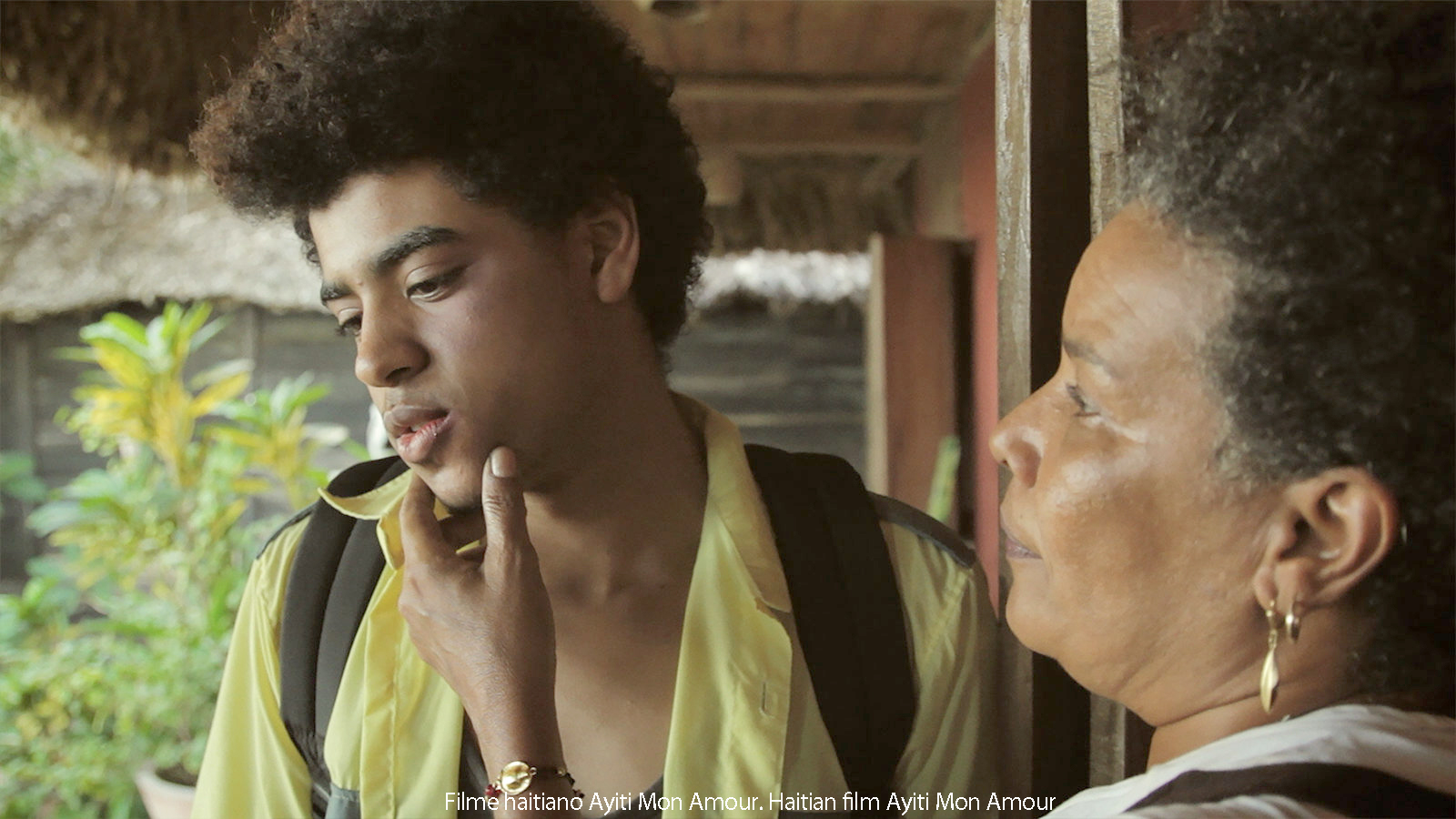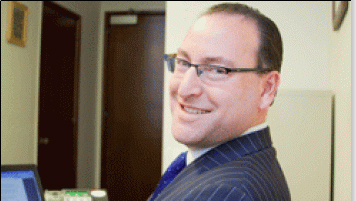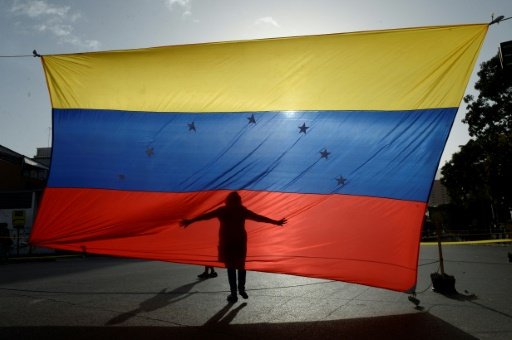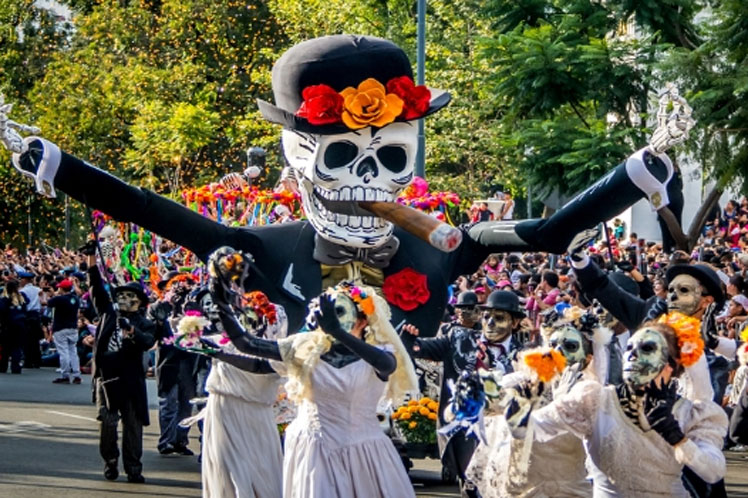by Russell Contreras
AP wire services
A memo included in recently released John F. Kennedy documents shows that the FBI was concerned about the growing political power of Latinos, historians say.
Among the thousands of documents released last week was a memo from an FBI informant who kept watch on a Dallas chapter of the G.I. Forum — a moderate group of Mexican American veterans who spoke out against discrimination.
According to the 1963 document, the informant closely followed a chapter meeting where members expressed concern about the revival of a similar organization, the League of United Latin American Citizens.
The G.I. Forum members feared a public fight with LULAC over membership might make both groups powerless, and members discussed ways to keep tabs on LULAC leadership.
The informant reported that G.I. Forum members didn’t want to dabble in politics and felt “racial discrimination is lessening to the point where they receive no complaints from victims,” the memo said.
President Donald Trump has ordered the release of all records related to the Kennedy assassination, and they are expected to be made public on a rolling basis during the coming weeks. He also directed agencies to take another look at redactions and withhold information only in the rarest of circumstances. It’s unclear why this memo was among the classified government documents released last month by the National Archives.
Historians say the memo gave a glimpse into the FBI’s concern about the growing political power of Latinos in Texas, New Mexico, California and Illinois and may also show the FBI was working to create tensions among the Latino civil rights groups.
“We know that the FBI was monitoring LULAC in the 1940s and 1950s. But this appears to show they were more worried about all of the groups’ growing influence,” said Emilio Zamora, a University of Texas history professor. “Even though these groups were moderate, the FBI was worried because they were Mexican. In their eyes, they could become radicalized at any time.”
Jose Angel Gutierrez, a political science professor at the University of Texas at Arlington, said the memo was evidence that the federal government actively sought to divide Latino civil rights groups to thwart efforts to fight discrimination.
Some historians also believe the FBI feared the G.I. Forum might protest Kennedy’s motorcade in Dallas over civil rights.
The G.I. Forum became a force after its founder, Hector P. Garcia, drew national attention for protesting a Texas funeral director’s decision to not hold a service in the chapel for a Mexican-American soldier killed in World War II.
The documents show the agency was monitoring the civil rights groups just weeks before Kennedy visited with one of the Hispanic organizations
Kennedy spoke at a LULAC gala in Houston the night before his Nov. 22, 1963, assassination. Historians believe that was the first time a sitting president acknowledged the Latino vote.
Hispanics voted overwhelmingly for Kennedy in 1960. Robert Kennedy, the president’s brother, would attribute the election victory in part to the support among Mexican Americans and Puerto Ricans.
(Associated Press writer Russell Contreras is a member of the AP’s race and ethnicity team. Follow him on Twitter at http://twitter.com/russcontrerashttp://twitter.com/russcontreras)

